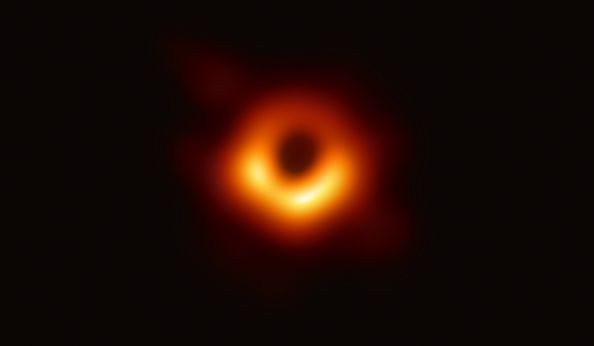Who Is Kate Bouman? Meet The 29-Year-Old Scientist That Photographed The Black Hole

Scientist Kate Bouman has created a science breakthrough by being the first person to photograph the black hole. With the help of her team, Bouman captured the image using a series of algorithms that allowed eight telescopes to harvest data, send it back to earth, and process it. Bouman was instrumental in the processing of this raw data and has been credited with the discovery of image that is sparking conversation around the global. Here’s everything we know about the scientist and her discovery.
- Bouman is 29-years-old
- She is an assistant professor of computing and mathematical sciences at the California Institute of Technology.
- She has a bachelor’s degree of science in electrical engineering from the University of Michigan and a master’s of science degree in electrical engineering and computer science from MIT, according to her California Institute of Technology website.
- She also received her Ph.D. in electrical engineering and computer science at MIT in 2017, the California Institute of Technology website says.
- Bouman started the process of making the algorithms to capture the black hole image three years ago while she was a graduate student at the MIT, the BBC reported.
- The black hole project was led by Bouman and an MIT team of 200 scientists from the school’s Computer Science and Artificial Intelligence Laboratory, the Harvard-Smithsonian Center for Astrophysics, and the MIT Haystack Observatory, according to the BBC.
- She has been compared to Margaret Hamilton, who developed the Apollo guidance software code with a team of scientists and was pictured in an iconic photo much like Bouman’s hard drives of data social media post.
- Bouman accomplished her goal of making her black hold image over a year ago, but the image went through rounds of testing to ensure it was authentic, MSN reported.
- She presented a Ted Talk in 2017 called, “How To Take a Picture of a Black Hole.”
- The focus of Bouman’s research was “ using emerging computational methods to push the boundaries of interdisciplinary imaging,” the California Institute of Technology website says.
© Copyright IBTimes 2024. All rights reserved.
Join the Discussion





















